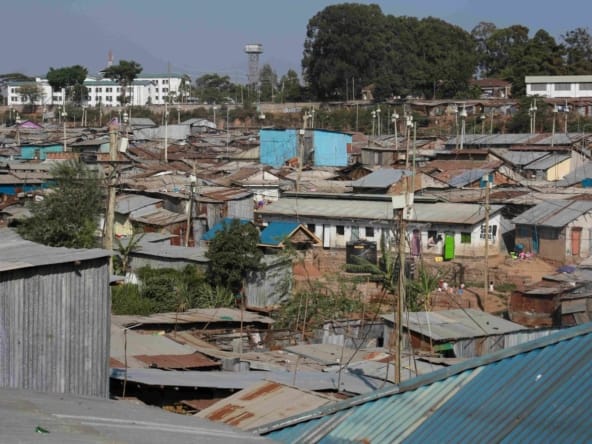Introduction
Kenya’s housing market tells two stories—one of tradition and one of transformation. On one end, you’ve got rustic farmhouses nestled in the hills, where chickens roam free and the air smells like rain. On the other, sleek penthouses in Nairobi that look like they came out of a tech billionaire’s Pinterest board.
This second article in our Write 10 articles about Real estate in Kenya based on Culture & Lifestyle series dives into the unique housing desires of rural vs. urban Kenyans and how lifestyle plays matchmaker between the two.
The Rural Dream: Land, Livestock, and Legacy
For many Kenyans, owning land upcountry is the ultimate flex. Why? Because:
- Land equals legacy—it’s passed down generations
- You can farm, build, or lease it
- It offers peace and a slower pace of life
Common features of rural homes include:
- Large compounds with multiple structures
- Kitchen gardens and livestock pens
- Traditional architectural styles using mud, wood, or stone
The Urban Hustle: Convenience is King
In the city, it’s all about hustle and flow. Urban dwellers prioritize:
- Proximity to work and schools
- Amenities like supermarkets, hospitals, and public transport
- Compact homes—think apartments and townhouses
Developers are racing to meet demand with:
- Affordable housing projects
- Mixed-use buildings
- Eco-friendly designs with solar and water-saving tech
The Hybrid Model: Best of Both Worlds
Kenyans are increasingly creating dual-lifestyle solutions:
- Renting in the city but investing in rural plots
- Building second homes for holidays or retirement
- Using family land for real estate income—e.g., Airbnbs, lodges
Conclusion
Whether it’s a two-bedroom flat in Nairobi or a traditional boma in Kajiado, Kenyan housing is defined by the interplay of culture and lifestyle. Embracing both gives us a fuller picture—and a stronger property portfolio





